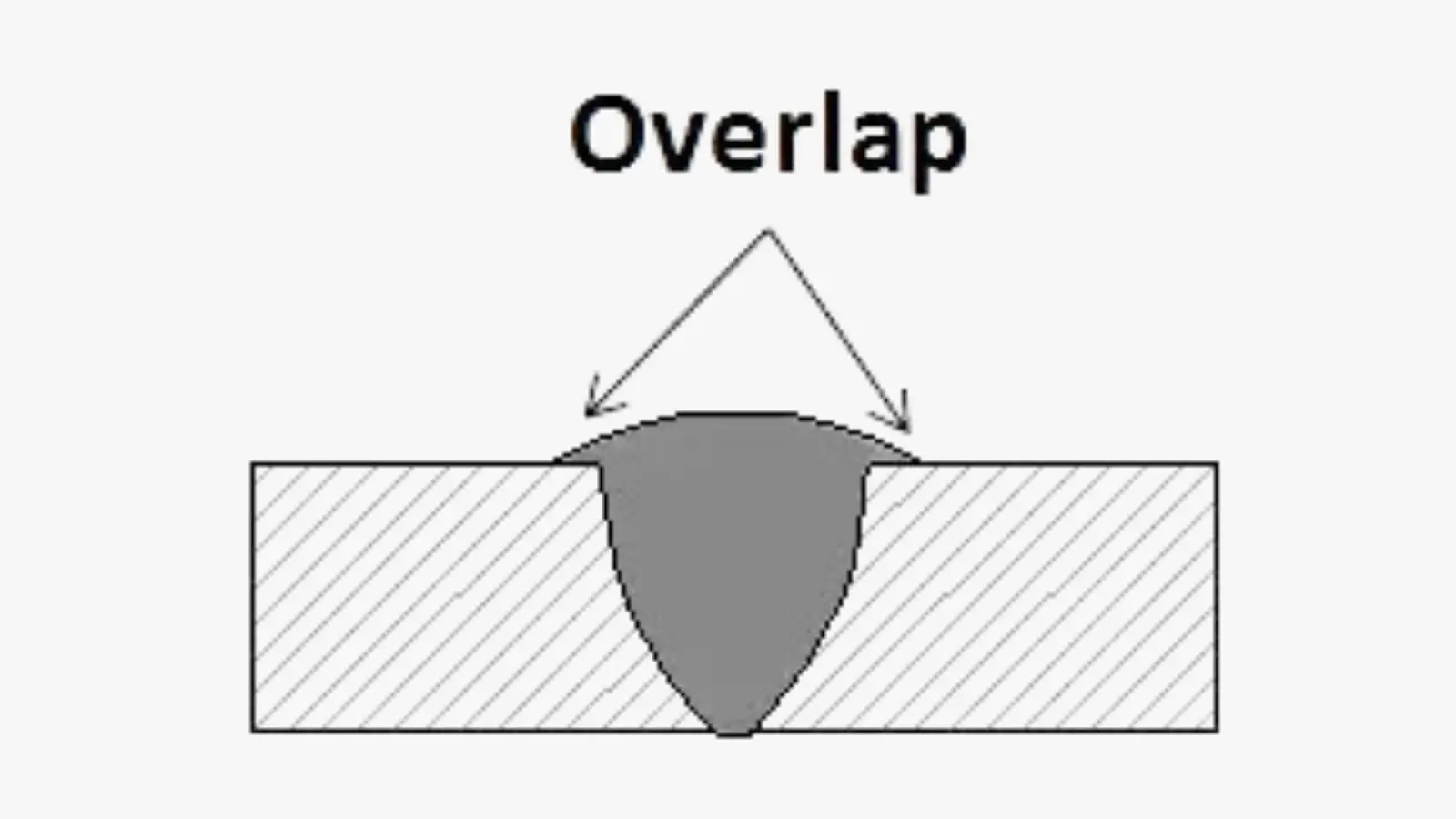Grasping the Art of Welding: Just How to Prevent Undercut Welding Issues for Flawless Manufacture Results
Effectiveness and accuracy are critical on the planet of welding, where even the tiniest imperfection can jeopardize the architectural integrity of a produced item. One common difficulty that welders face is damaging, a problem that can lead and compromise a weld joint to expensive rework. By comprehending the origin of undercut welding and implementing efficient strategies to stop it, welders can raise their craft to brand-new degrees of quality (Preventing weld undercut). In the pursuit of perfect manufacture outcomes, mastering the art of welding to avoid undercut problems is not simply an ability yet a necessity for those pursuing excellence in their work.
Recognizing Undercut Welding

To avoid undercut welding, welders need to make sure correct welding parameters, such as adjusting the current, voltage, travel speed, and preserving the proper electrode angle. Additionally, utilizing the ideal welding method for the details joint configuration is crucial. Utilizing weaving activities or backstepping techniques can assist make certain proper weld metal deposition and minimize the likelihood of undercut formation. Routine examination of welds during and after the welding process is additionally crucial to catch any type of undercut very early and make necessary adjustments to avoid more defects. Preventing weld undercut. By comprehending the reasons for undercut welding and applying preventive steps, welders can accomplish top notch, structurally audio welds.
Reasons of Undercut in Welding
Understanding the factors that contribute to undercut in welding is important for welders to create high-grade, structurally sound welds. Undercutting occurs when the weld steel does not properly load the groove created in between the base metal and the previously deposited weld steel. A number of elements can result in damage in welding. One usual reason is excessive heat input. Welding at high temperature levels for extensive periods can result in the base steel thawing greater than wanted, bring about undercut. Inadequate welding existing or incorrect welding rate can likewise add to damage. Inadequate current might not supply sufficient heat to thaw the base and filler metals sufficiently, while excessive rate can avoid correct combination, causing undercut. In addition, incorrect electrode angles or wrong lantern manipulation strategies can produce locations of reduced weld metal deposition, advertising undercut. Recognizing these causes and applying appropriate welding strategies can assist protect against undercutting concerns, making sure durable and solid welds.
Strategies to stop Undercutting

To mitigate the danger of damaging in welding, welders can use tactical welding strategies focused on improving the high quality and honesty of the weld joints. One reliable method is to adjust the welding specifications, such as voltage, present, and take a trip rate, to make certain correct heat input and deposition. Maintaining a suitable electrode angle and guaranteeing constant traveling rate can likewise assist protect against undercut. In addition, making use of the correct welding technique for the specific joint configuration, such as weave or stringer beads, can contribute to decreasing undercutting. Preventing weld undercut.
Moreover, appropriate joint preparation, consisting of making certain tidy base materials without contaminants here and making use of the proper visit this site welding consumables, is vital in stopping undercut problems. Employing back-step welding strategies and managing the weld bead profile can additionally assist distribute heat evenly and decrease the threat of undercut. Normal assessment of the weld joint throughout and after welding, in addition to carrying out high quality assurance measures, can assist in addressing and detecting damaging issues without delay. By carrying out these techniques diligently, welders can attain perfect fabrication results with marginal undercut problems.
Relevance of Proper Welding Specifications
Picking and maintaining proper welding criteria is important for accomplishing successful welds with minimal flaws. Welding criteria refer to variables such as voltage, present, travel rate, electrode angle, and securing gas circulation rate that directly affect the welding process. These specifications have to be carefully adjusted based on the sort of product being bonded, its density, and the welding strategy used.
Proper welding parameters guarantee the best amount of warm is put on thaw the base metals and filler material consistently. If the specifications are established as well high, it can cause too much warmth input, creating spatter, distortion, or burn-through. On the various other hand, if the criteria are as well low, incomplete fusion, lack of penetration, or damaging might take place.
High Quality Assurance in Welding Workflow

Final Thought
In conclusion, mastering the art of welding calls for a detailed understanding of undercut welding, its causes, and methods to avoid it. By ensuring appropriate welding parameters and implementing quality control methods, flawless manufacture results can be accomplished. It is crucial for welders to constantly pursue quality in their welding operations to avoid undercut problems and produce high-grade welds.
Undercut welding, a typical defect in welding procedures, occurs when the weld steel doesn't appropriately fill the groove and leaves a groove or clinical depression along the welded joint.To protect against undercut welding, welders must ensure appropriate welding criteria, such as changing the existing, voltage, travel rate, and maintaining the right electrode angle. Inadequate welding present or wrong welding speed can likewise add to undercut.To alleviate the threat of undercutting in welding, welders can utilize strategic welding methods intended at boosting the quality and stability of the weld joints.In verdict, mastering the art of welding needs a comprehensive understanding of undercut welding, its reasons, and strategies to prevent it.
Comments on “Step-by-Step Guide to Preventing Weld Undercut in Different Metals”